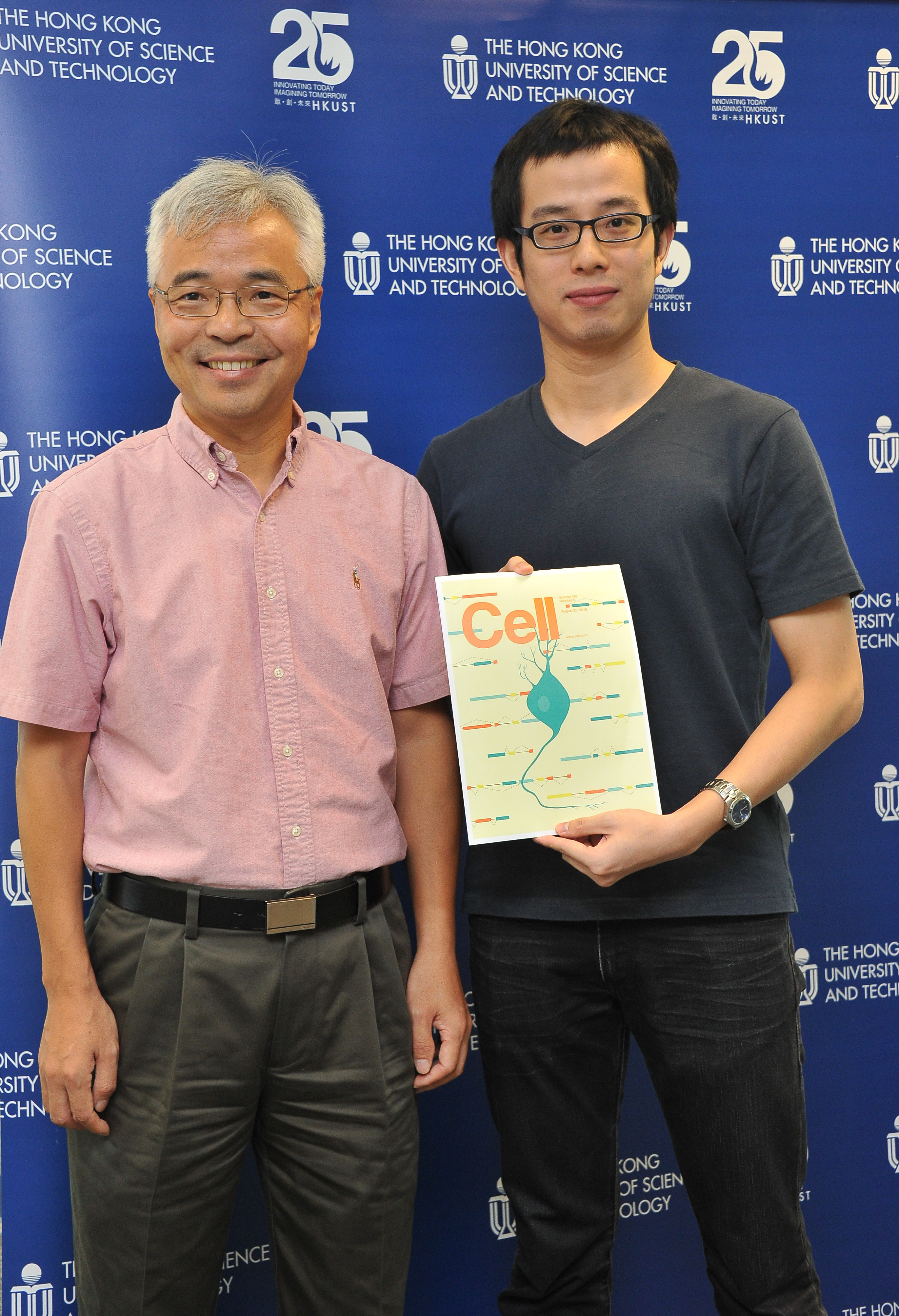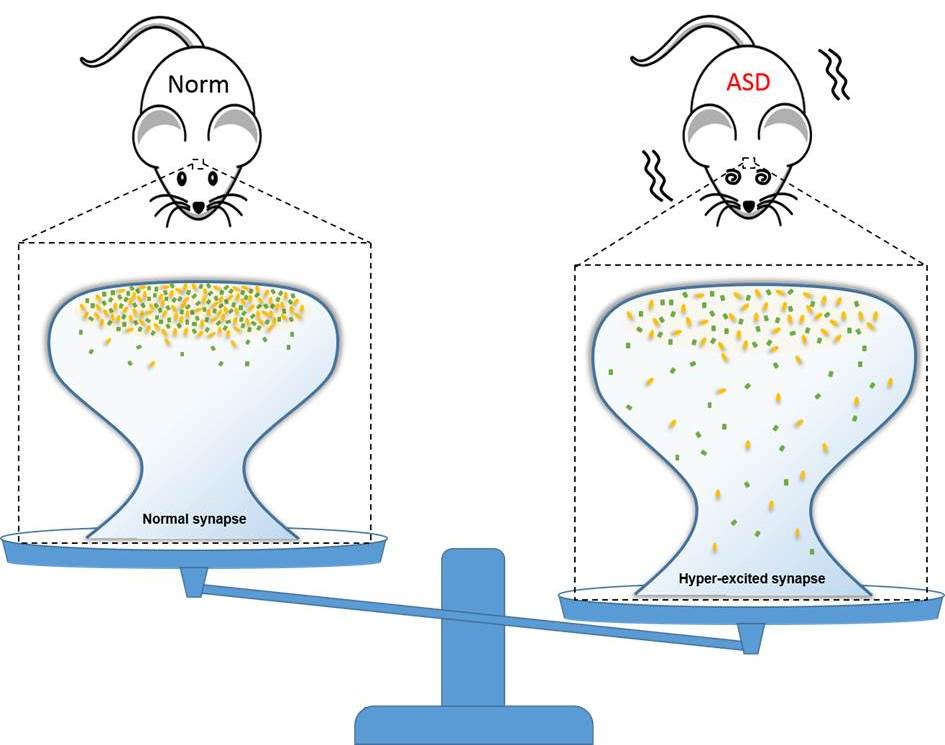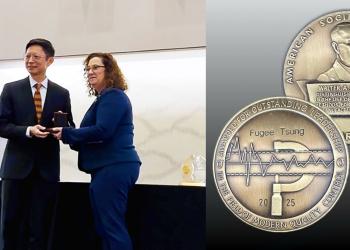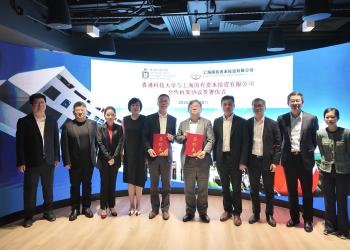HKUST Researchers Find Possible Mechanisms of Human Brain Disorders That May Shed Light on New Treatments
A research team led by Prof Mingjie Zhang, Kerry Holdings Professor of Science of the Division of Life Science at The Hong Kong University of Science and Technology (HKUST), has achieved a breakthrough that provides mechanistic insights into the causes that lead to various neuropsychiatric disorders such as autism, intellectual disorders (ID) and schizophrenia. With their discoveries, new treatments for these disorders may be developed in near future.
All neurons in our brain are wired via a micron-sized connection unit called synapse, and each synapse contains a layer of densely-packed, protein-rich compartment called postsynaptic density (PSD), which is responsible for brain signal processing and transmission. While the existence of PSDs has been known to scientists for 60 years, how PSDs form and change in response to brain activities are poorly understood.
In Prof Zhang’s study, the team discovered that two abundant protein molecules in PSDs – SynGAP and PSD-95 – that are known to cause autism when genetic mutations alter the molecules’ interactions can form an autonomously-assembled network structure. Most surprisingly, the protein assembly can form stable “oil-like” droplets in living cells via a phenomenon called phase transition. Importantly, the team also found that defects of the proteins identified in brains of autistic patients alter the “oil-like” droplets formation and thus change the synaptic signaling activity of neurons – a mechanism that may explain the cause of the genetic disease.
The research findings were published in the top scientific journal Cell on August 25, 2016.
Prof Zhang said, “Our studies of the SynGAP/PSD-95 complex formation have led to an unexpected finding that sees a very fundamental physical phenomenon called phase transition in living neurons to place different functional units at specific cellular locations. Our work also provides insights into why genetic mutations altering the interactions of proteins can contribute to a spectrum of central nervous system diseases that currently have no treatments. We believe that our discovery will inspire new ways to develop therapeutic methods for these devastating diseases.”
“This study is only the beginning of teasing out how other proteins collectively contribute to the formation and brain activity-dependent alterations of PSD. We are also interested in trying to find out whether other synapses, the neuron-muscle connections for an example, also adopt the phase transition strategy to build their PSDs in response to different activities,” added Mr Menglong Zeng, first author of the Cell paper and a PhD student in Prof Zhang’s lab.
For media enquiries, please contact:











